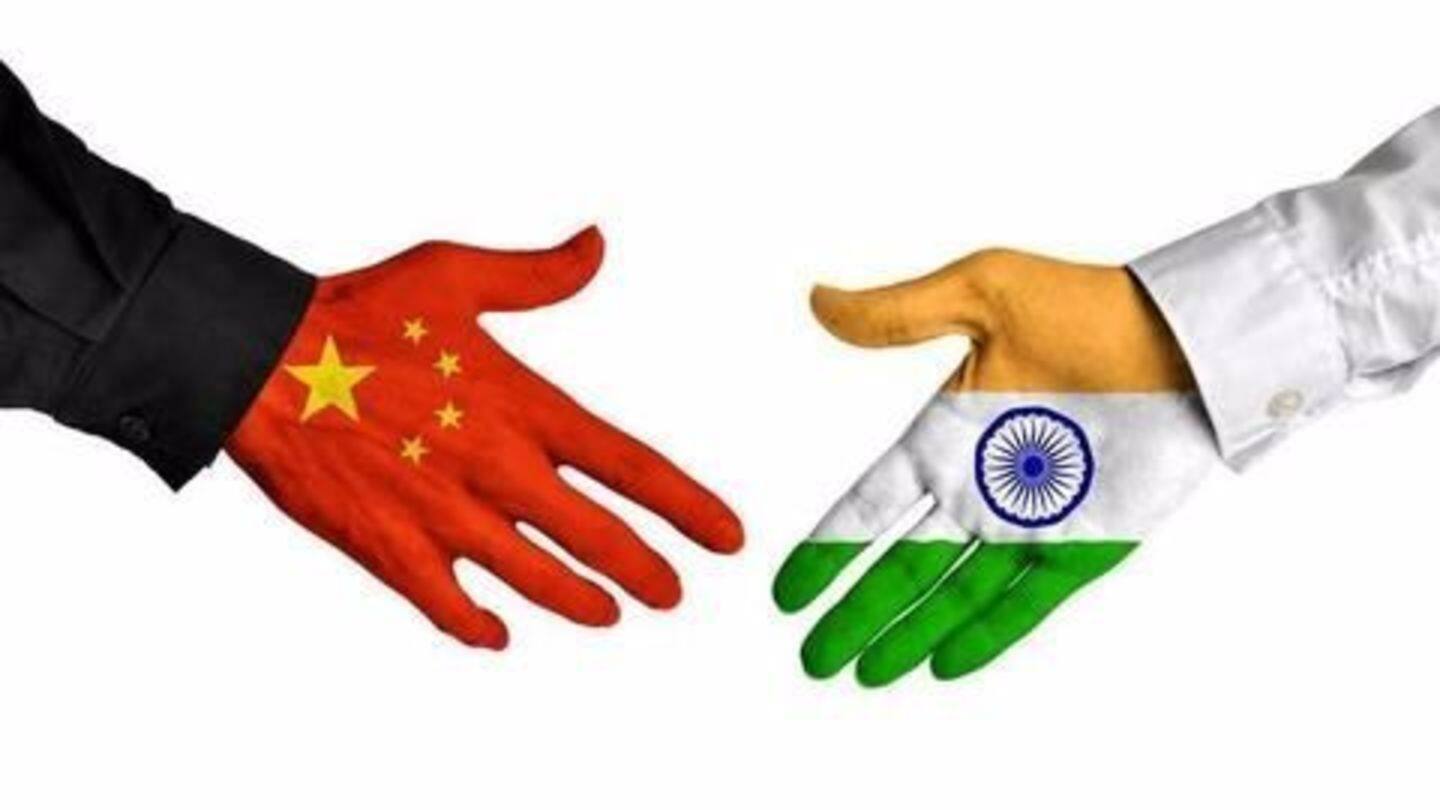
China's cashless economy is a valuable lesson for India
What's the story
The NDA government is pushing for a cashless economy and we may achieve it eventually in the future but right now, the focus is on how one of the biggest economies, China, has gone cashless, its benefits and disadvantages.
Currently, 424.5 million Chinese individuals make mobile payments mainly via QR codes.
Since we are on the same track, a brief overview should help.
Payment
Bar code, QR code and cashless payment
Most of us are already using services like, Paytm or MobiKwik and pointing them at wiggly lines at our neighborhood grocery stores for a quick payment.
Those are QR codes, an improvement on the traditional bar code aka those straight lines, in a sticker with every product, that are scanned at departmental stores; QR codes are more malleable and store 300 times more data.
Cashless
One of the oldest economies is now cashless
In China, iResearch says, due to these QR codes, payments via smartphones have ballooned up to 38 trillion Yuan (US$5.5 trillion); more than half of China's GDP and 50 times more than that of USA which was US$112 billion in 2016.
IDC analyst Michael Yeo noted that since a bulk of Chinese users initiated Internet via smartphones, it's more popular for them.
Economy
China has successfully made the leap
Consumer behavior researcher Chen Yiwen cited that, "China has started the transition to a cash-free economy faster than anyone could have imagined, largely because of the viral spread of two-dimensional barcode."
The rapid advent of QR code based payment "creates a new economy based on scannable codes," as this method is now predominant both in big cities as well as remote villages.
Convenience
It's easy and its fast
It all boils down to a matter of convenience; something the Chinese are increasingly realizing and hopefully, we will also, as time goes by.
Chen noticed, "When the credit card emerged, consumers were found to spend more than when they used cash. The QR code is even more convenient than the credit card, so we have good reason to expect it will increase consumption."
Scan
A little bit off the trodden path
The instances of its percolation are evident, as one Chinese bridesmaid was reported wearing a code tag at a wedding to collect gift money from the guests. A Chinese beggar was spotted with a QR code as well. No change, just scan and pay what you want.
Considering the bizarre gifts newly-wed Indians end up with, this is an interesting fodder for thought.
Virus
There will always be a flip side
Technology does come with its own hiccups as iFlytek, a cloud-service provider cited that "over 23% of Trojans and viruses are transmitted via QR codes. The [difficulty] threshold to make QR codes is so low that fraudsters could implant Trojans and viruses into a QR code very easily."
China is, however, undeterred as consumers have already imbibed QR-based payment in their daily lives.
India
Digital India through cashless economy or vice versa
One cannot shy away from technology anymore, saying it's too advanced or the old ways are better and physical cash makes sense as one can hold it. The old should give way to the new.
Digitization will remain just another word for Indians if it is not applied in every walk of life.
If the Chinese have managed to implement it, so can we.